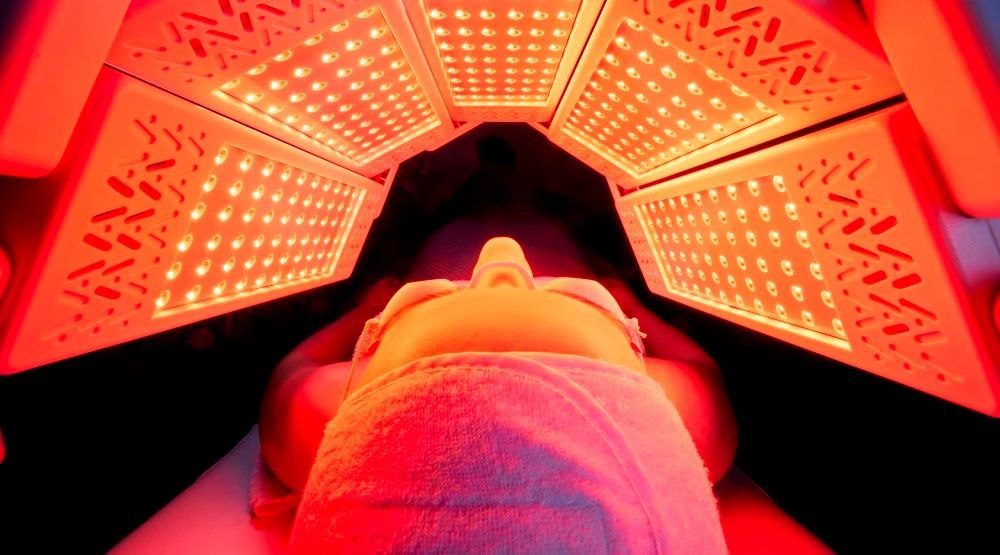In this article, we’ll look at how infrared light therapy also known as photobiomodulation therapy works and what the research says about its effectiveness in treating neurological conditions.
Infrared light, also known as low-level light therapy (LLLT) or photo bio-modulation, is a form of electromagnetic radiation that encompasses different bands, including Near-Infrared (NIR), Mid-Infrared (MIR), and Far-Infrared (FIR).
Research studies have revealed the diverse benefits of infrared light, ranging from improving wound healing to relieving pain and stiffness associated with conditions like arthritis. Additionally, it has shown promising potential in the treatment of neurological and psychiatric disorders.
LLLT, as it is commonly referred to, utilizes low-power light that is able to stimulate positive responses in the body without generating heat. This therapy is becoming more and more popular as individuals seek innovative approaches to enhance their overall health and well-being.
One of the key reasons for its appeal is that it is a simple, non-invasive technique, with minimal side effects.
Infrared light therapy has demonstrated promising results in the treatment of various neurological disorders 1. Conditions such as Alzheimer’s disease, Parkinson’s disease, moderate traumatic brain injury, brain disorders, and stroke have shown positive responses to this therapy. Infrared light helped many individuals suffering from these conditions to experience improvements in their symptoms and overall quality of life.
The non-invasive nature of infrared light therapy makes it an attractive option for individuals seeking alternative treatments. Unlike other therapies, it does not involve invasive procedures or medications with potential side effects. This aspect further contributes to its growing popularity among those looking for effective and safe solutions to their health concerns.
It is now widely accepted that using the term “Photobiomodulation therapy” is more accurate and specific when referring to the therapeutic use of low-level light compared with “LLLT”.


